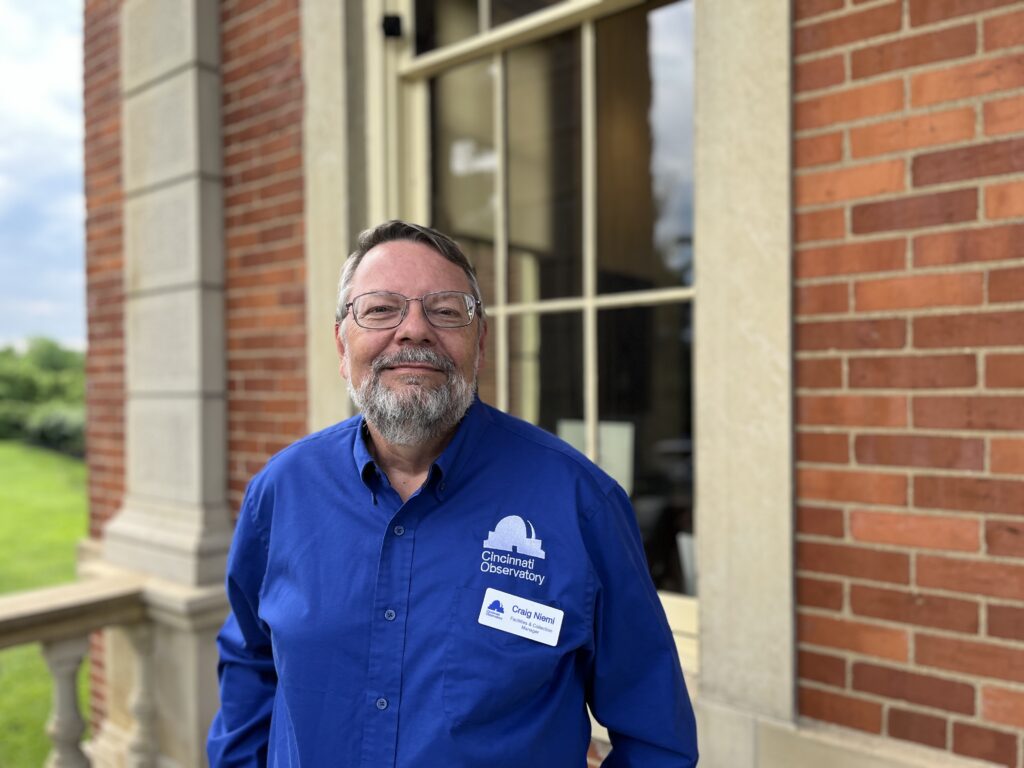2024 Preservation Excellence Award Winners

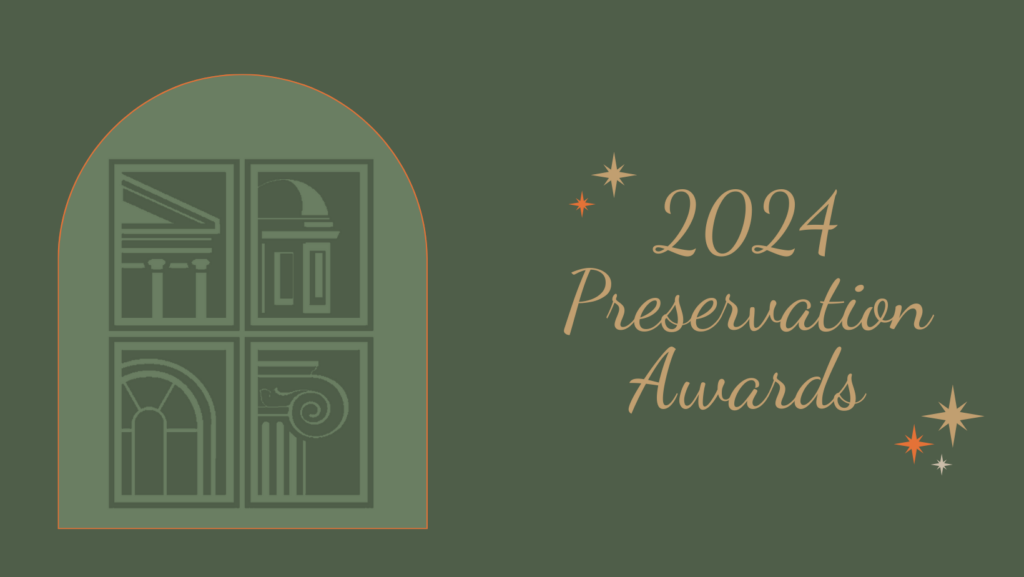
Hosted at the historic Peterloon Estate on May 9th, 2024
the Preservation Awards honored winners across nine categories.

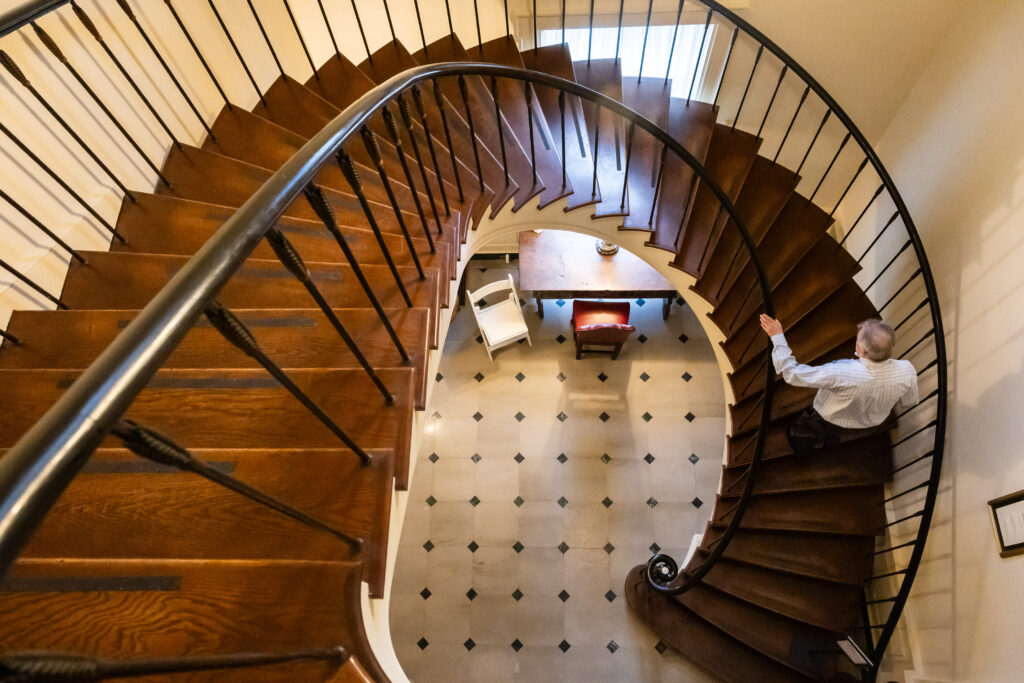
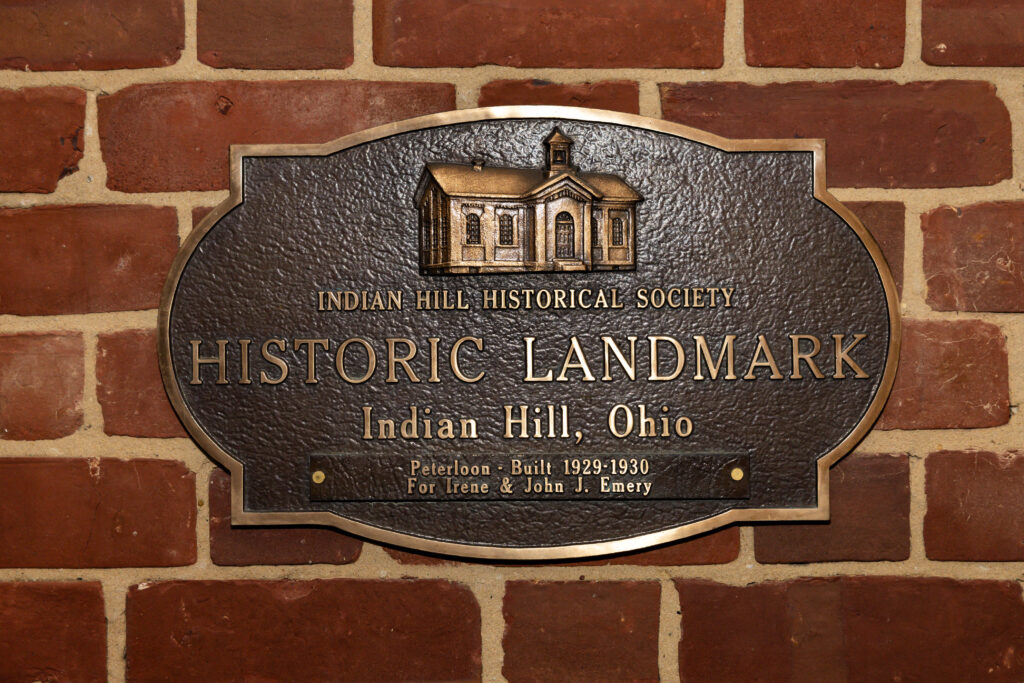
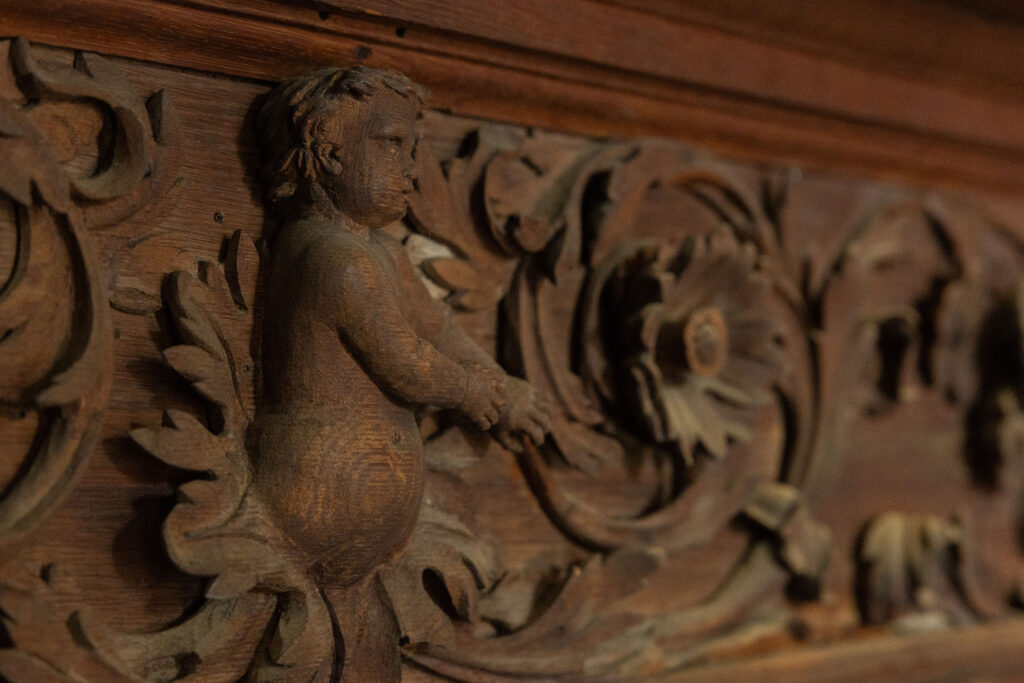


Congrats to the 2024 Preservation Award Winners
Volunteer Award


Chris Hanlin, a retired architect, has been a dynamic volunteer of our History of Black Sites and Underrepresented Communities Committee since its inception in 2022. He has come to this committee with a wealth of knowledge and passion to tell the stories of people of color, especially those associated with Madisonville. Chris has been instrumental in our Cincinnati Sites and Stories app and website. For those that don’t know Cincinnati Sites and Stories is a free application that connects stories to place, and we are focusing this site to tell the stories that have not traditionally been told with a concentration on black sites and most recently sites associated with women’s history. Currently, the site has 221 stories and 80 of those stories were written by Chris.
Chris has been a dedicated member of Cincinnati Preservation coming to our events and supporting our mission. From a cleanup we supported at Union Baptist Cemetery, to our inaugural Preservation Month bike ride, Chris has shown over and over his support of spreading the word and community of historic preservation throughout the city.
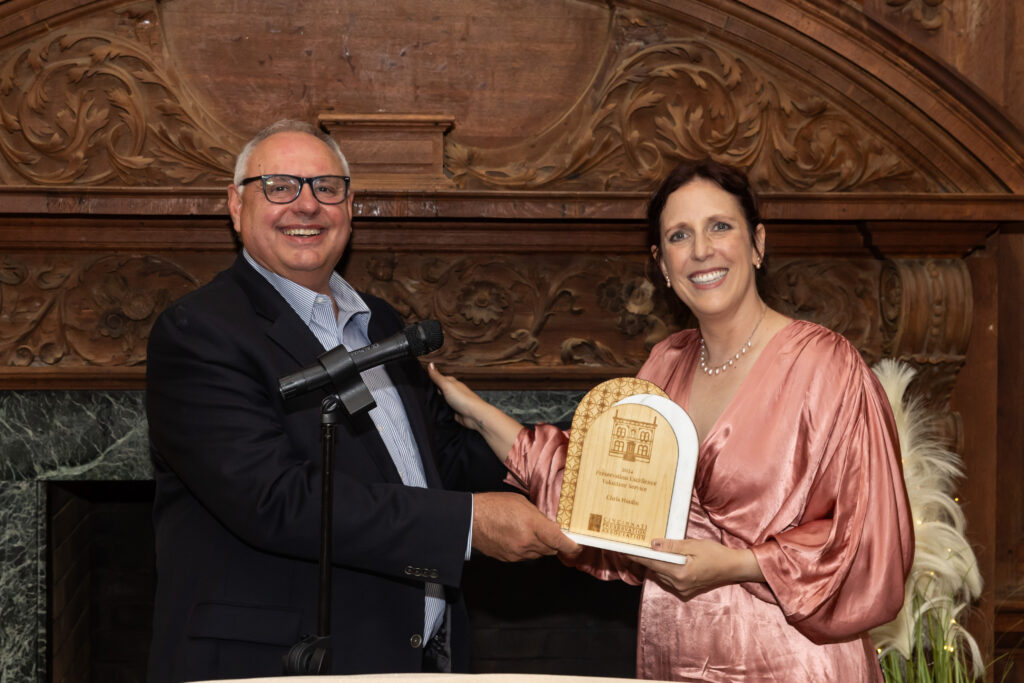

Preservation Excellence in Education
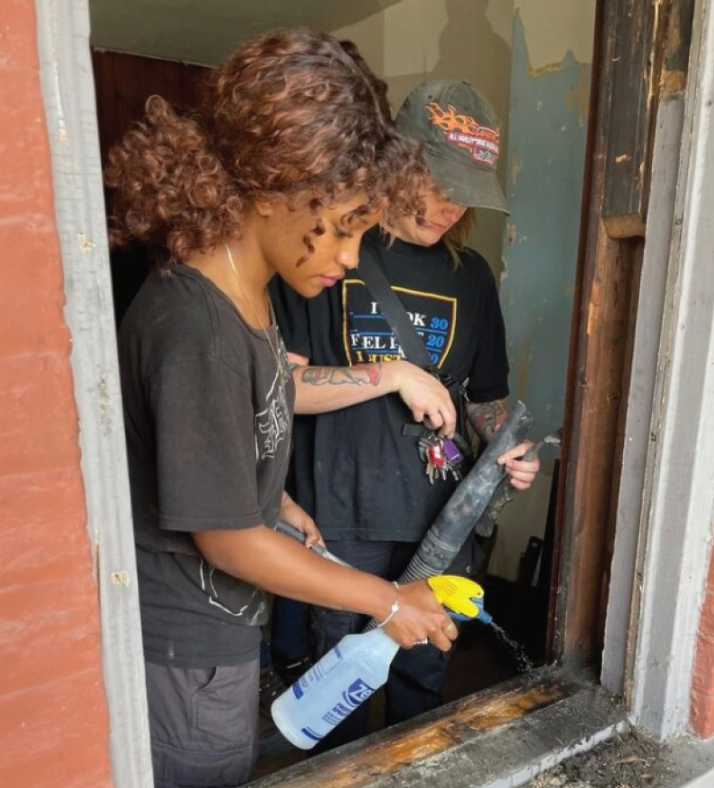
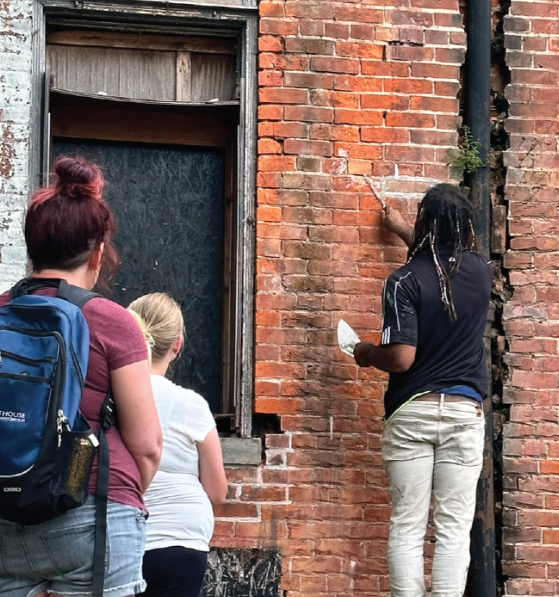
The Covington Academy of Heritage Trades
As anyone who owns a historic building knows, these buildings are works of craftsmanship and as technology and construction have changed, unfortunately, the detailed craftsmanship and knowledge of traditional trades has declined in the construction industry. This has often made it difficult to find knowledgeable craftsmen to work on our homes. Seeing this issue, the City of Covington has partnered with the Enzweiler Building Institute to create the Covington Academy of Heritage Trades.
Students work side-by-side with skilled craftspeople who have dedicated their careers to mastering their trade. Through hands-on application in real properties, students gain practical experience that can translate into meaningful careers in the field of historic restoration. Currently, the students have a living lab on an 1880s Victorian brick building on Madison Avenue in Covington. Classes in box gutters, historic masonry, carpentry, plaster, historic painting, stained glass, window restoration, and wood floors are all part of the curriculum.
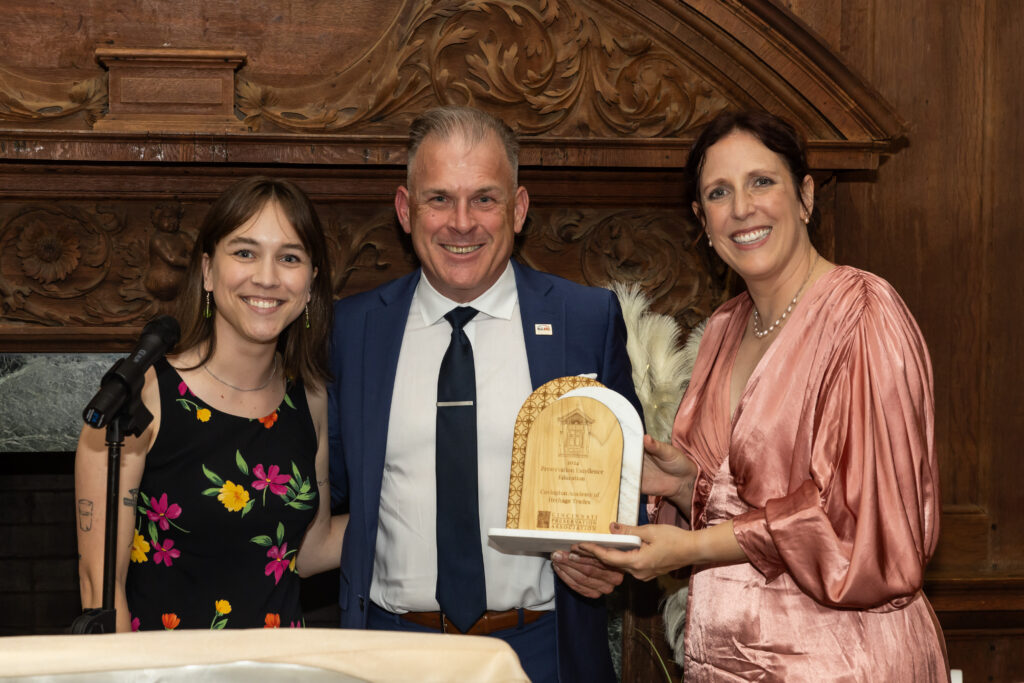

Preservation Excellence in Sustainability
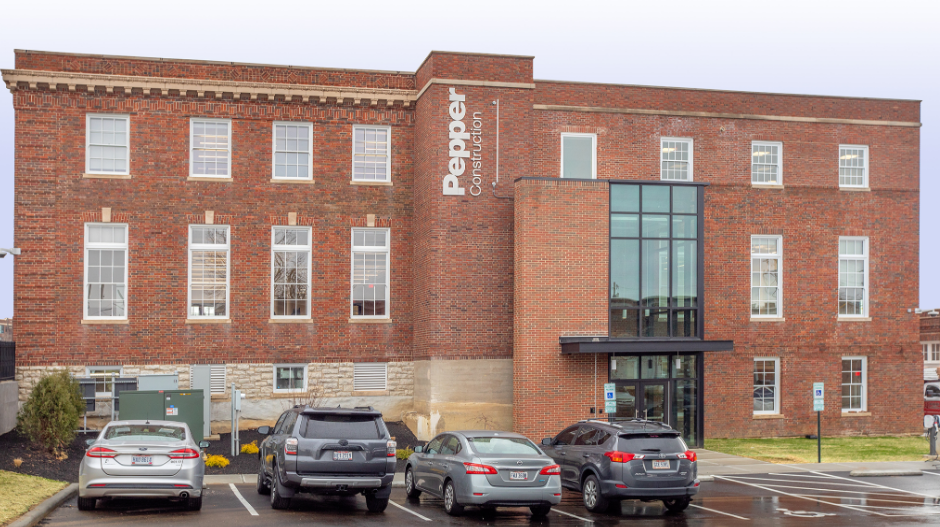

Pepper Construction Headquarters by emersion design
The building was designed in 1912 in the Second Renaissance Revival style by Garber & Woodward for the Stearns and Foster mattress company. Founded in Cincinnati in 1846, the company moved to Lockland in 1882 and remained until 1993 when the company was purchased and the facility closed. The office building is all that remains of the 15-acre factory complex.
Vacant for two decades, the handsome office building was an eyesore until it was purchased by Pepper Construction in 2021 to become the new regional office for its growing team. The $7.5 million rehabilitation is a much-needed boost to the Lockland community which has struggled with the loss of its water mill industries after the canal ceased operation in the late 1920’s.
The project included a full exterior restoration, a vestibule addition, and a 23,000-sf interior buildout. The starting conditions was a neglected building with severe water damage, collapsed floors, crumbling walls, and broken windows.
With the building in the Mill & Dunn National Register Historic District, the project used Historic Tax Credits. This funding led to the rebuilding of the wood structure, restoration of the interior and exterior brick, new wood floors to match the original, rehab of the 110-year-old windows, extensive plasterwork, and new oak trim to match the original 12-inch-tall trim work.
While honoring the historic past of the building was a goal, so was achieving a net-zero designation for energy usage, which is no small feat for a 110-year-old building. After multiple studies that evaluated air infiltration, moisture, insulation values, and potential heating and cooling elements, the design was able to minimize the Energy Use Intensity of the building. Solar panels were also added in the parking lot to future reduce the carbon footprint. With all this effort, the project was able to get Net Zero, LEED Gold, and WELL Silver certifications.
The team alongside Pepper Construction that made this catalytic project consisted of Emersion Design, JCA Engineering, The Kleingers Group, CMTA, and Sullebarger Associates.
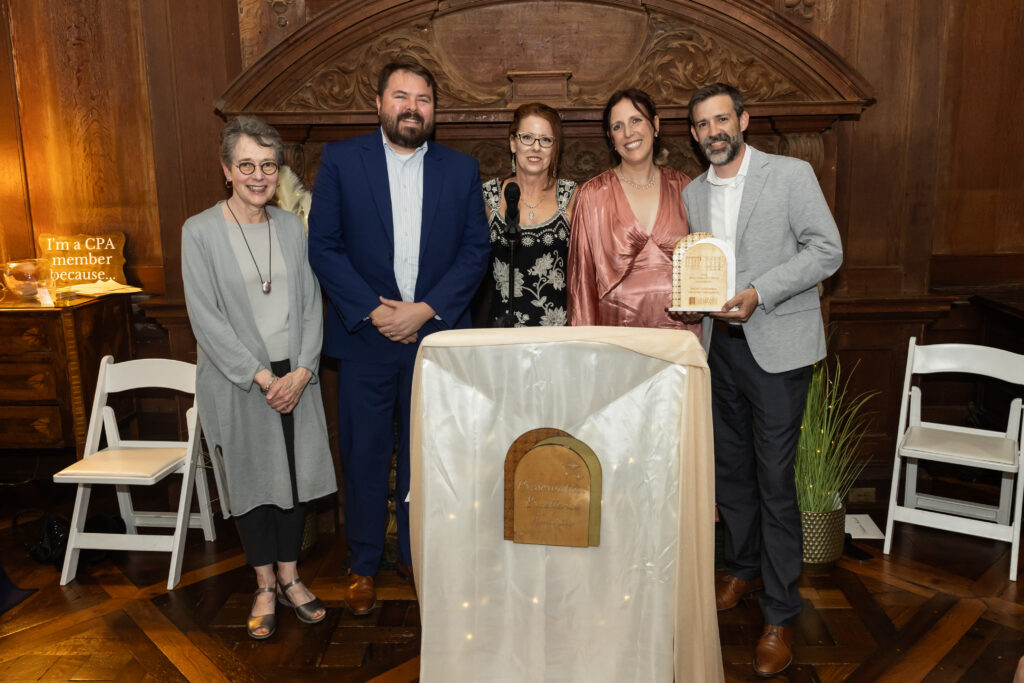

Preservation Excellence in New Construction


Deagan Square by Orleans Development
Deagan Square is a mixed-use development nestled in the heart of the Pike Street Corridor in Covington, KY. Located at 305-315 W. Pike St., the unique development features a combination of old and new construction. The project features 25 residential apartments and one commercial storefront.
Deagan Square was designed to restore the landscape and density of the block face by adding two new apartment buildings adjacent to the existing structure at 305 W. Pike St.
The “old” is an existing building located at 305 W. Pike St. It is comprised of 5 apartments and 1 commercial storefront. The entire building has a significant angle on it due to the diagonal positioning of Pike Street on the Covington grid.
The “new” construction portion was built on the vacant lot southwest of 305 W. Pike. It is comprised of two structures, Building One is comprised of 8 one-bedroom units and faces Pike Street and incorporates a stair-step pattern down the street to acknowledge the diagonal while creating a practical floor plan for the residents. Building Two is comprised of 12 one-bedroom units and is perpendicular to Building One facing the parking lot and Holman.
Located within the local Pike Street Historic District, the massing on the project needed to fit into the context of the mostly-2-3 story corridor. Choosing a row house design helped to blend the building into a block with several zero-lot line buildings while having a modern steel awning with a bold colored front door added a modern sensibility to the façade.
The pride of the project for the team is the cornice as ensuring that it was the right size and scale was crucial. The design incorporates dentil molding and doubles up on a slim, modern corbel.
The team alongside Orleans Development was Hub & Weber Architects, Heritage Bank, and Catalytic Fund of Northern Kentucky.
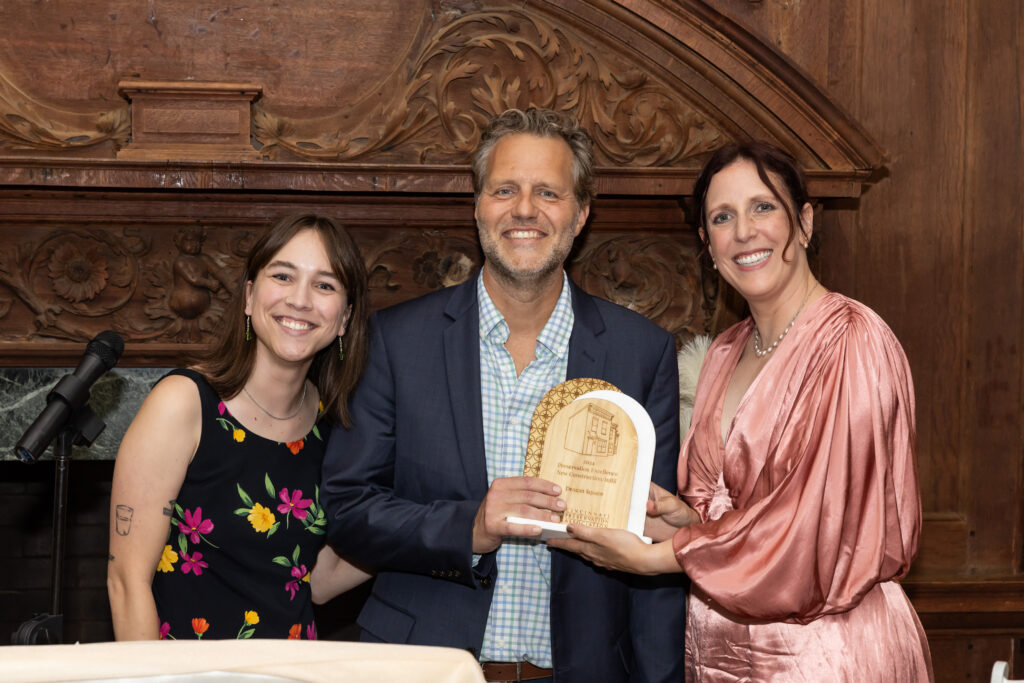

Preservation Excellence in Commercial Projects

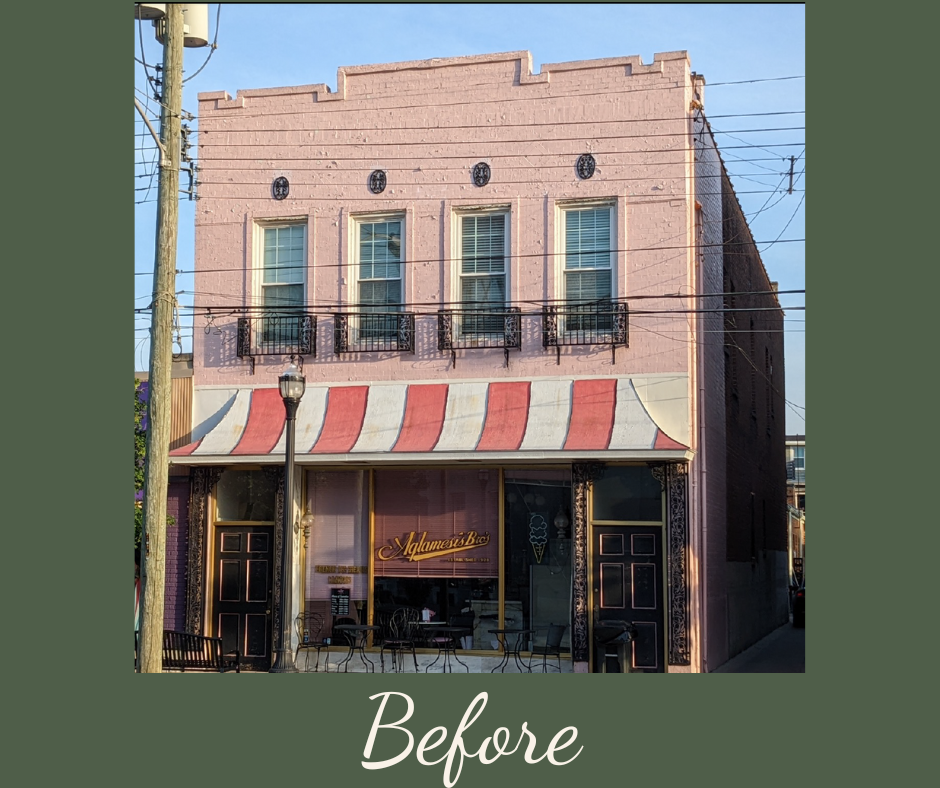

Aglamesis Bros, Oakley Store location by RWA Architects
Aglamesis Brothers Ice Cream and Candy is a beloved Cincinnati institution that dates to 1908 when they opened their first store. The Oakley location was their second store dates to 1913. The building has been continuously operated by 3 generations of the Aglamesis family and the building has always been a first-floor store with an apartment for the family above. After 115 years and a façade renovation over 60 years ago, the building was facing some issues that needed to be addressed.
In 2022, Aglamesis Brothers commissioned Hart Restoration Group, Perry Contracting, and RWA Architects to update the exterior façade. New structural engineering was required to support the existing masonry facade and parapet that had started to separate from the building. Tieback rods and diamond faceplates anchor the existing wall and parapet to the existing floor and roof structure. The shape of the stepped parapet remains, and the second-floor windows and opening sizes were not changed. Additional work included the replacement of the existing 1964 canopy, storefront window system, and doors, door hardware, safety devices, exterior lighting, and facade finishes. The first-floor marble and cast-iron trellis elements of the 1964 renovation were removed which allowed the original cast-iron storefront to be more visible.
The 1964 curved painted metal canopy was removed and the original cantilevered framing structure was reused for a new traditionally shaped marquee with crown molding and light fixtures to showcase the new Aglamesis logo and color scheme.
Finally, while many worried that the signature pink building would be painted a different color, to the joy of many the building was repainted a slightly brighter pink.
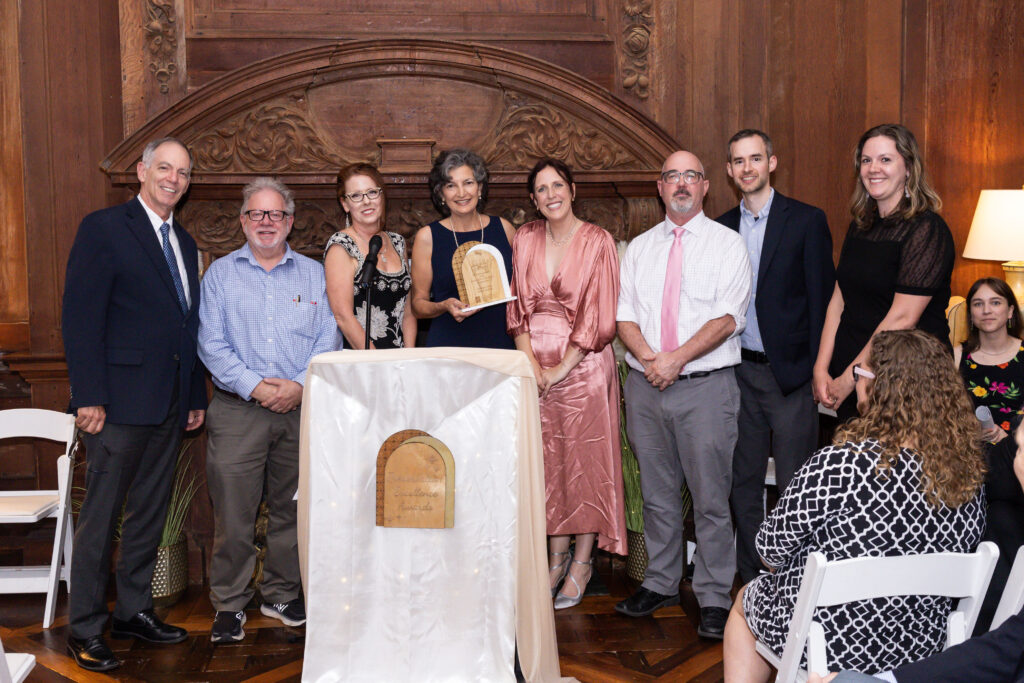
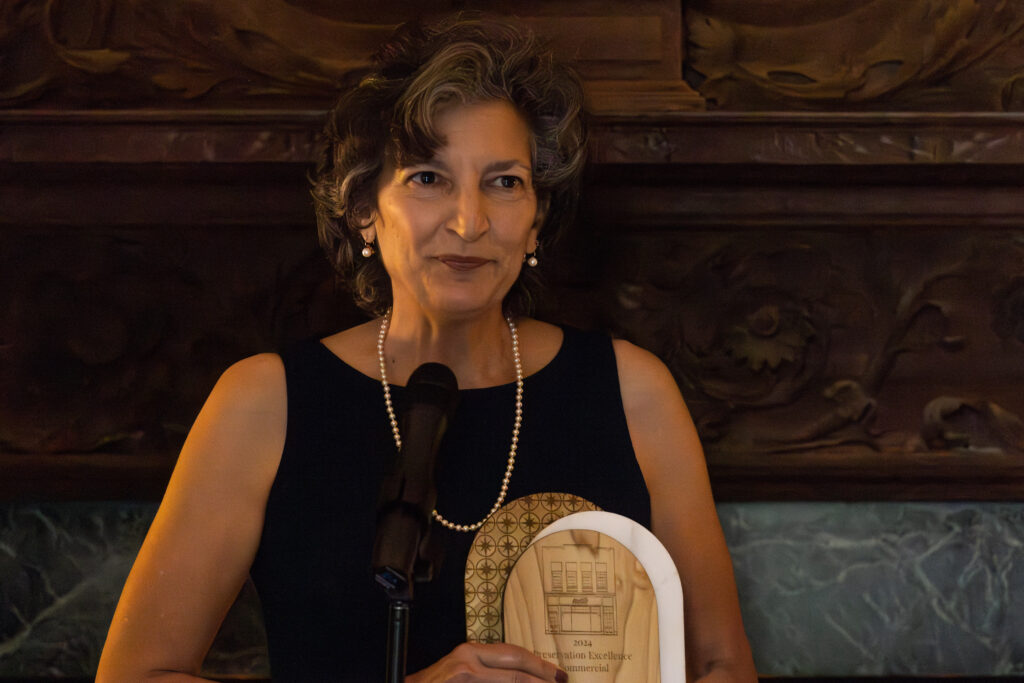
Preservation Excellence in Residential Projects
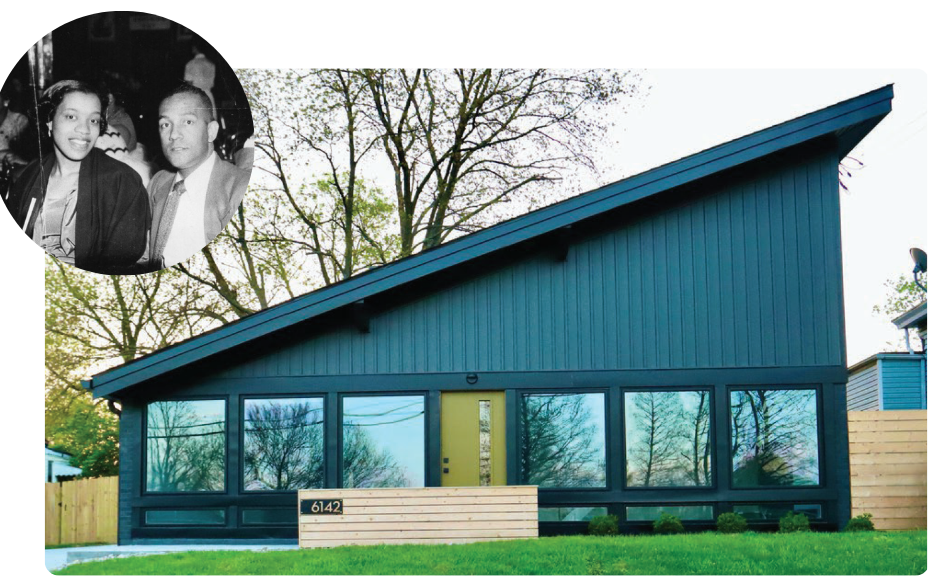
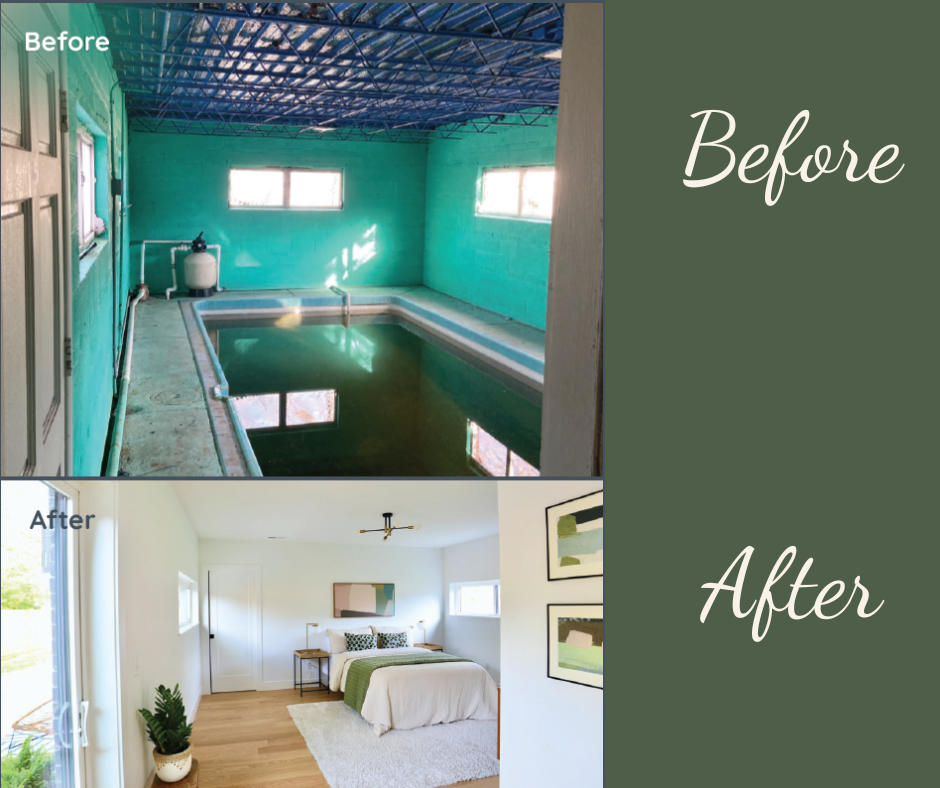
The Wedge Haus by Revival Designs
The Wedge Haus, named for its wedge shape, was built in 1959 for Harvey and Cleota Wilbekin and was designed by Harvey. Harvey was a St. Croix native and architectural engineer who worked for the city, eventually becoming the Director of Buildings and Inspections. Cleota, an attorney, was known for her roles as a social worker, judge, pianist, and quilter whose work was displayed in the Smithsonian.
In 1966, Cincinnati Enquirer writer Patricia Mertz described the family’s modest contemporary ranch house in Kennedy Heights, as “a reflection of the Wilbekins’ nature: Warm open, friendly, spirited.” She praised the simplicity of the structure and the self-expression of its furnishings and explained that Harvey, with his wife’s input, had designed the home around the family’s specific needs, with an open plan for easy entertaining, a living room with a cathedral ceiling to house Cleota’s baby grand piano, and an indoor pool for access to swimming year-round.
The home was occupied by the Wilbekins until Cleota died in 2017 and unfortunately, after sitting vacant for several years the house suffered from significant disrepair and needed a large work scope, especially in the pool room which needed structural repair and had a failing roof structure.
Revival Design designed floor plan changes and all finishes, and even was the GC for the project. Changes were respectful to the original house and the most awe-inspiring original features of the home: the tongue and groove vaulted ceiling, fireplace, floating staircase, and loft slat wall were preserved. The largest change to the house was converting the pool room into a primary bedroom suite by adding a new roofline that compliments the main house.
This successful remodel has improved a blighted home in a pocket of Kennedy Heights that has lacked investment in improvements for a long time; its resale price would encourage other homeowners and investors to take on distressed homes in this area.
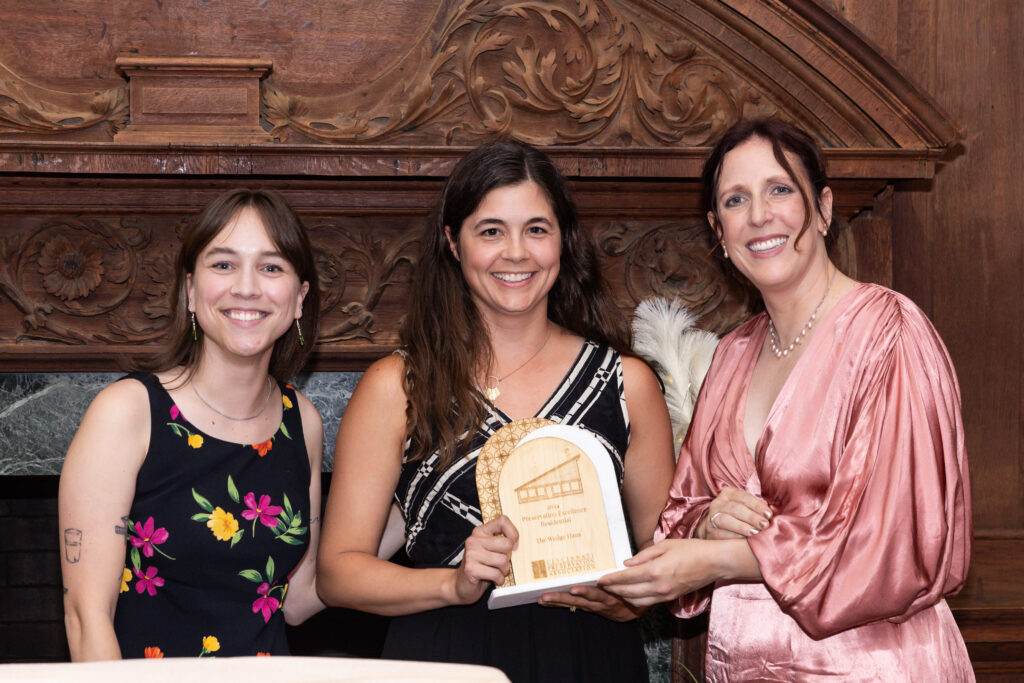
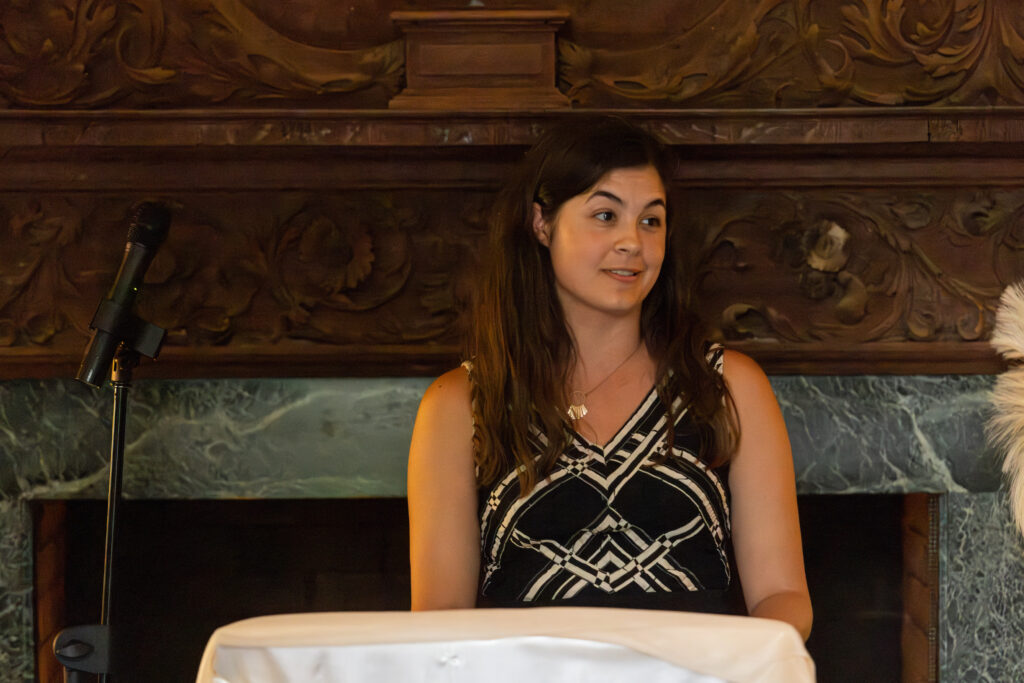
Preservation Excellence in Adaptive Reuse
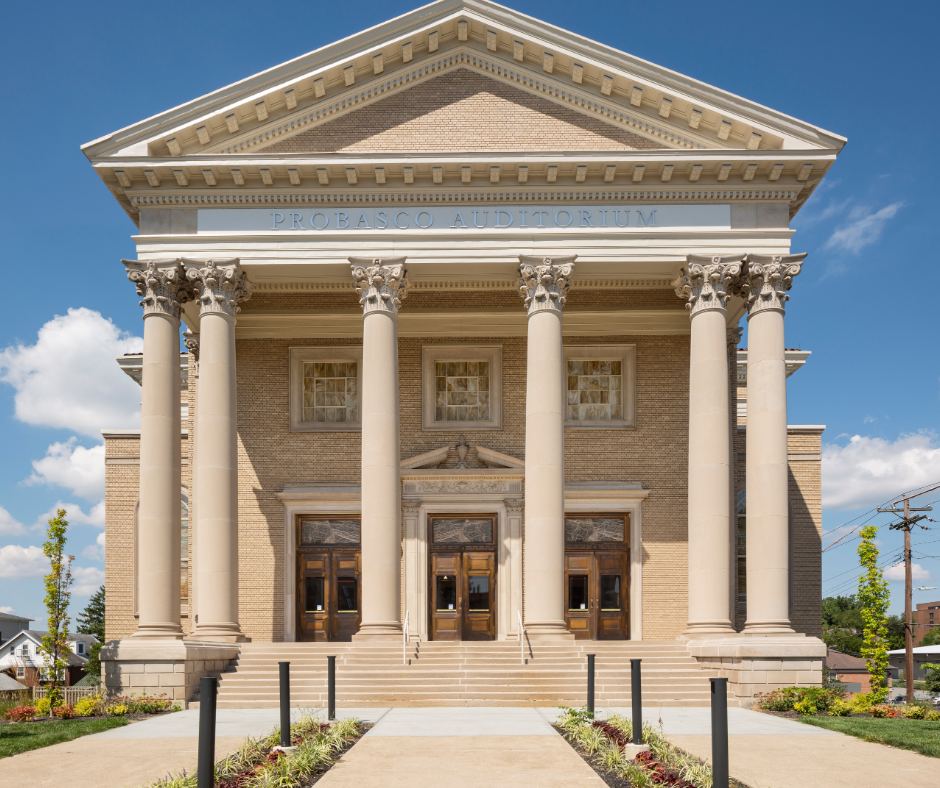

Probasco Auditorium by MSP Design
The Second Church of Christ Scientist, an iconic landmark in Cincinnati’s Clifton neighborhood, stood as an architectural grandeur since its construction in 1921. Crafted with neoclassical Greek Revival elements, it stands on the corner of Clifton Avenue and Probasco Street, serving as a focal point for the community. Vacated by the church in 2012, the future of the building was uncertain until the University bought the building in 2018 to transform the church into a modern lecture hall.
The design team showed great restraint in preserving the original architecture, including the Greek Revival style typical of Christian Science churches of the era. Every effort was made to ensure the new creation appeared to be part of the original building. Instead of extensive new construction, the project focused on repurposing existing spaces efficiently.
While preserving historical elements, the project seamlessly integrated contemporary building systems and features. This included retrofitting existing pews to incorporate modern technology such as tablet arm cradles and concealed wiring. State-of-the-art audiovisual equipment, energy-efficient lighting fixtures, and a modern HVAC system, all were designed to enhance the functionality and sustainability of the space.
Accessibility was a key consideration throughout the renovation, ensuring the space is welcoming to all visitors. This included restrooms, elevators, transitions, and exit accesses.
The project also involved restoring the exterior facade, including cleaning, and tuck-pointing of the brick and stone elements. The original opaque windows were maintained, the existing exterior protection system was replaced, and the views from both inside and out enhanced the overall building.
The project achieved a seamless integration of old and new elements, ensuring that the transition from the original structure to its modern incarnation is almost imperceptible. This adaptive reuse not only honors the past but also ensures that the building remains a vital part of campus life for decades to come, serving generations of students and faculty.

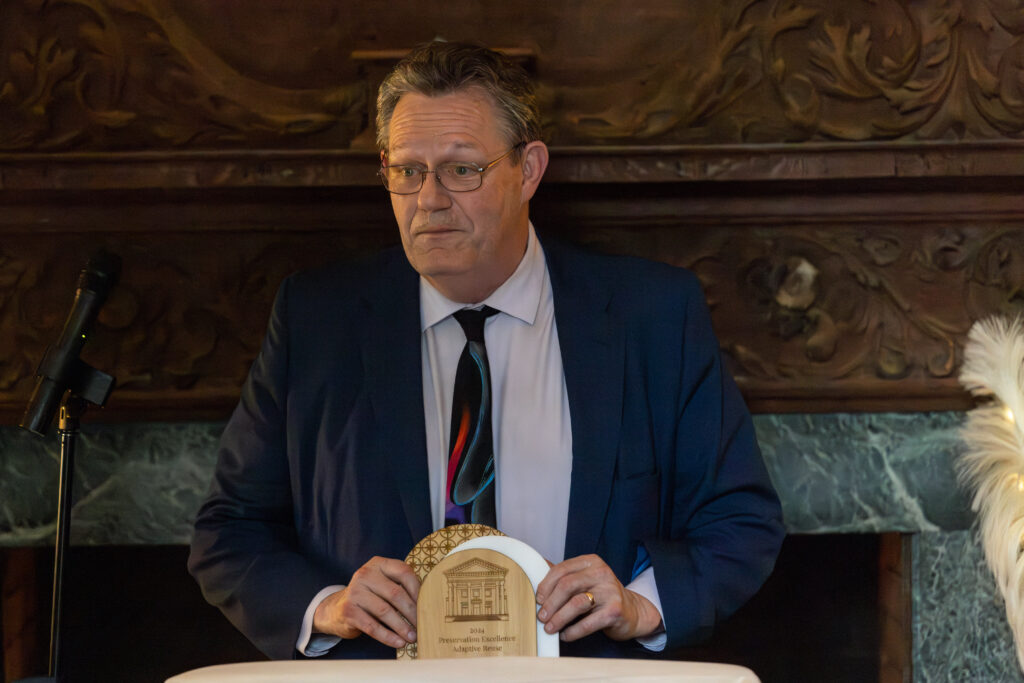
Impact Award

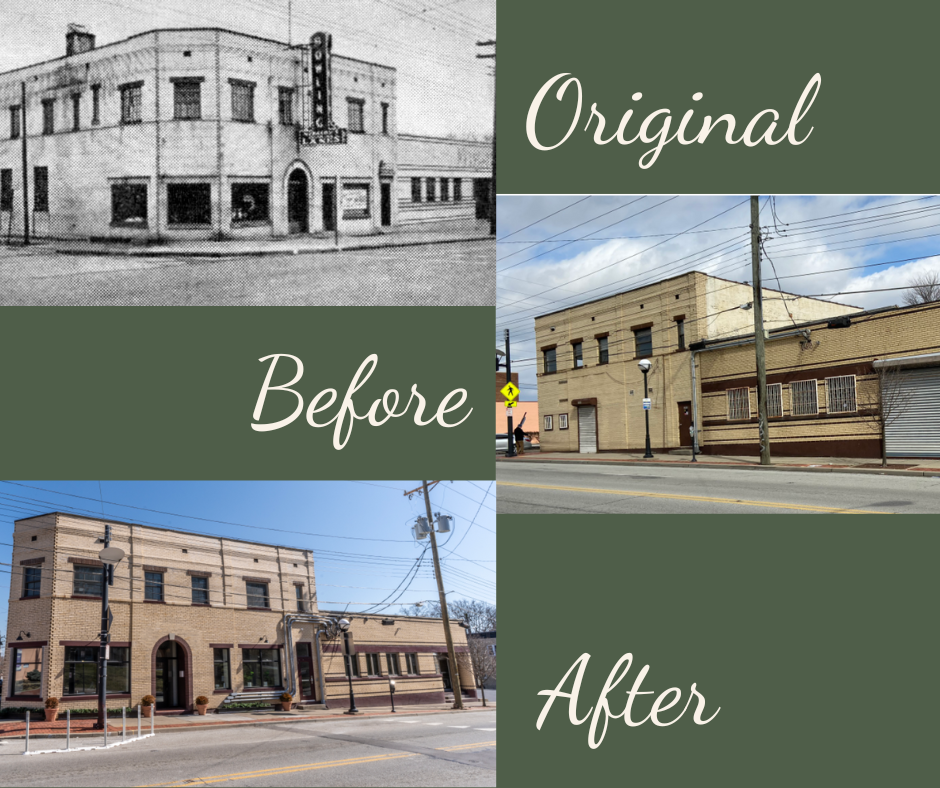
Mergard Lanes by ARCX Studios
College Hill Mid Business District is one of Cincinnati’s newest local historic districts and over the recent years has been seeing a lot of rehabilitation and investment. One building however that had created a bit of an obstacle was Mergard Lanes as creating a compatible reuse for the building took several attempts.
Mergard Lanes was built as a community bowling alley in 1930 in the Art Deco Style. Glass block and curved features contribute to its Art Deco appeal. The first floor was originally a bowling alley and later a series of retail establishments including a shoe warehouse. The partial second floor was maintained as apartments with a dedicated entrance from Hamilton Ave. The building was vacant for many years before the renovation.
This project was an adaptive reuse, converting the first-floor commercial retail space into a mixed-use office with apartments behind and renovation of the second-floor apartments. In total, fourteen new affordable apartments were created plus a 2,500 SF office, home to College Hill CURC.
Many original historic features of the exterior façade were previously removed. The windows along the north façade had been bricked over. The large storefront windows at the northwest corner had been reduced in size and secured with metal grilles. The arched main entrance was removed. The windows on the second floor were originally double hung with 6/6 or 4/4 muntins but had been replaced with 1/1 double hung vinyl windows. The interior was in a state of abandonment.
The restoration included bringing as many of the exterior features back to their original condition. Windows were added on the north facade in their historic size and position. The main entrance archway was reconstructed along with the large storefront window. The yellow brick was cleaned, tuck-pointed, and left unpainted. The original curved glass block storefront at the southwest was maintained.
The renovation of this building contributes to the revitalization of Hamilton Ave as a vibrant business district. Having first-floor accessible apartments along the street helps create a walkable community. It particularly benefits the elderly population with the ability to age within their community.
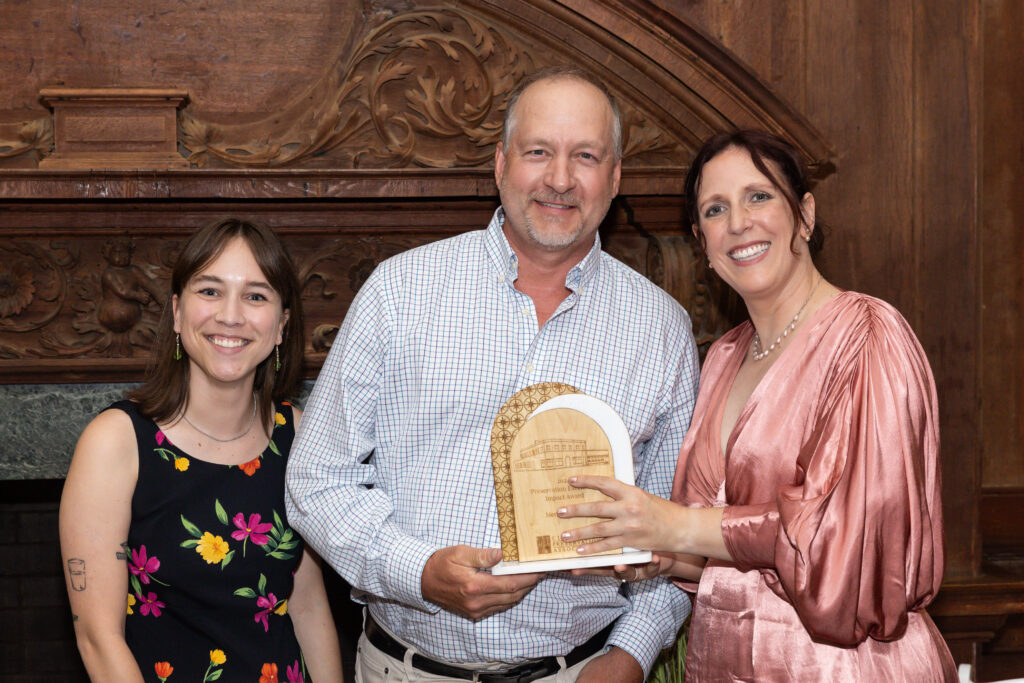
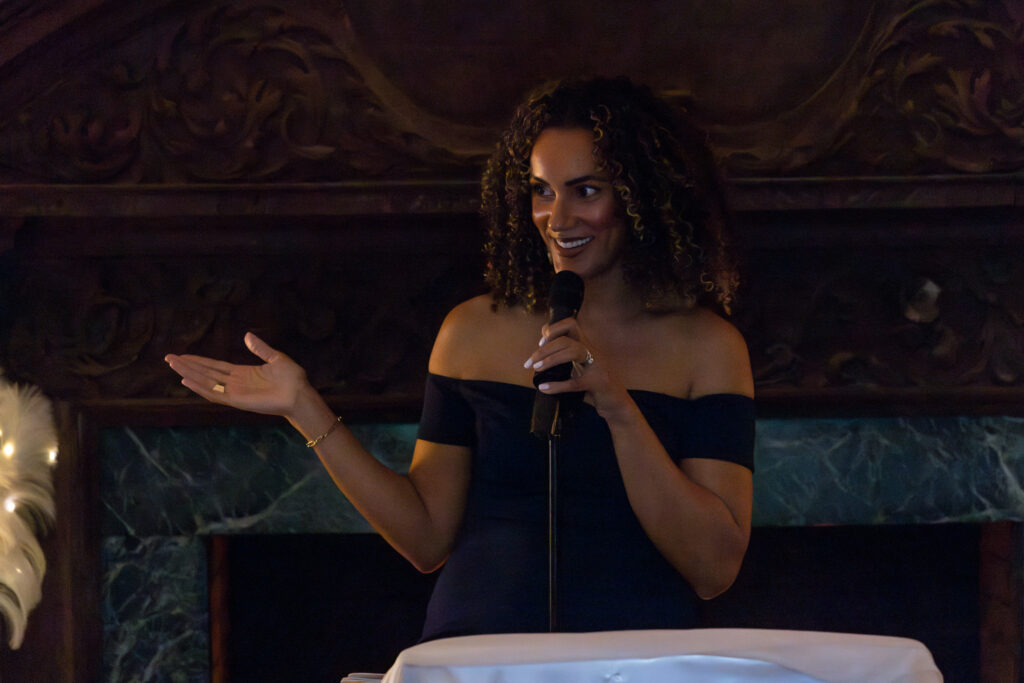
Preservation Champion
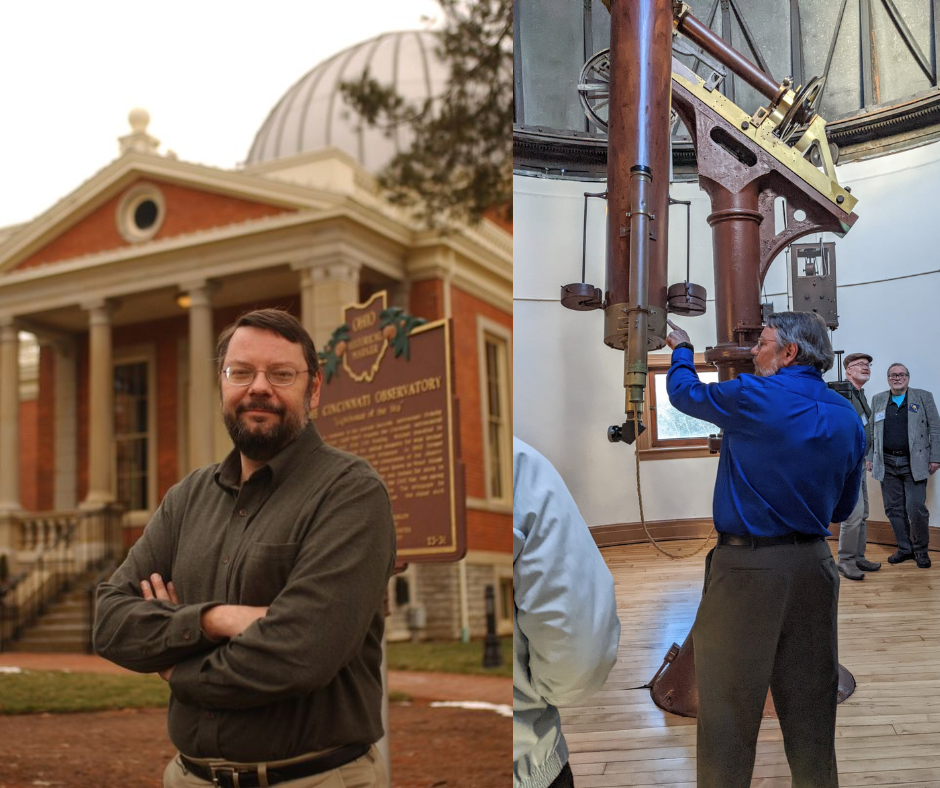

Craig Niemi from the Cincinnati Observatory
The Cincinnati Observatory is a National Historic Landmark, Cincinnati City Landmark, and one of the crowning jewels of the Queen City.
Craig is the former Observatory Executive Director and current Facilities and Collections Manager. He has been on staff for almost 20 years, while he and his wife Val have been involved with the Observatory even longer. In his time as Executive Director, Craig managed the Observatory’s two beautiful Hannaford buildings as well as the 10+ acres of grounds to ensure that the Observatory can host what began as a few thousand people a year but is now 40,000 visitors annually.
During his tenure, he focused on the maintenance of this National Historic Landmark in a manner consistent with the history and best practices. His knowledge of the facility is, simply put, encyclopedic, which shows how much he cares for this incredible campus. He has truly been its steward for almost two decades now. His work not only keeps the buildings in incredible condition but also enables the Observatory to fulfill its mission of educating, engaging, and inspiring the community about astronomy and space science.
Craig’s craftsmanship also ensures the two prize instruments: our 1845 Merz & Mahler scope and our 1904 Alvan Clark & Sons scope are in working order to share the universe with visitors, including 14000 students every year.
Craig is also President of the Museum and Historic Sites group, attends AASLH events and programs and has ensured the Observatory is included in the upcoming Ohio 250 celebration. In every possible way, Craig is a true champion for preservation, the Observatory and for celebrating our history.

